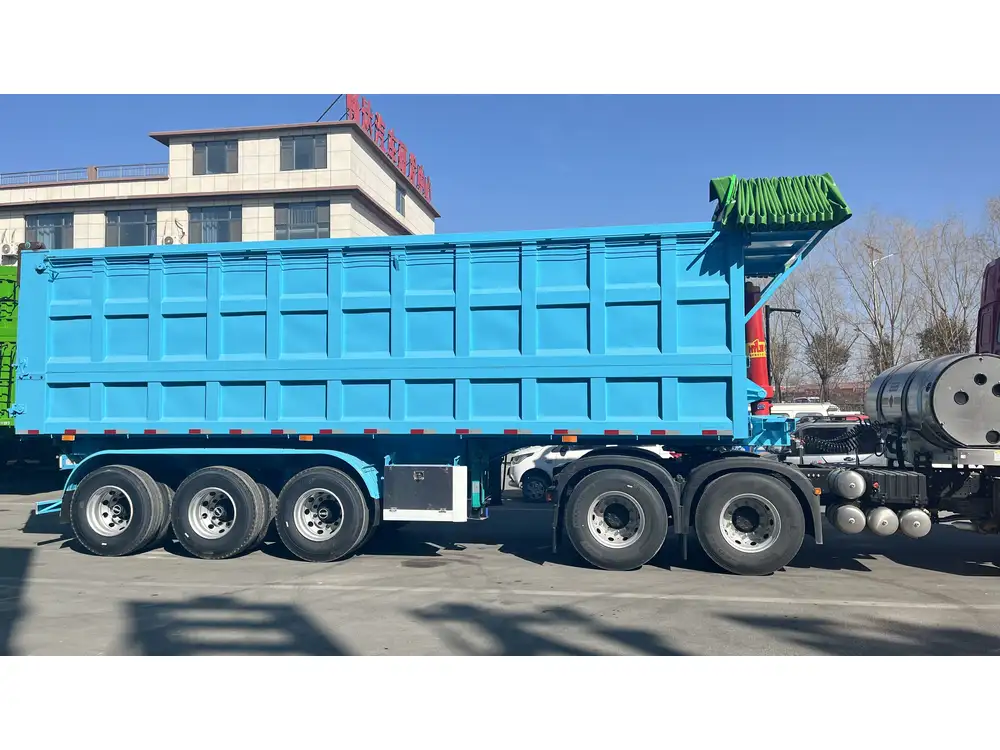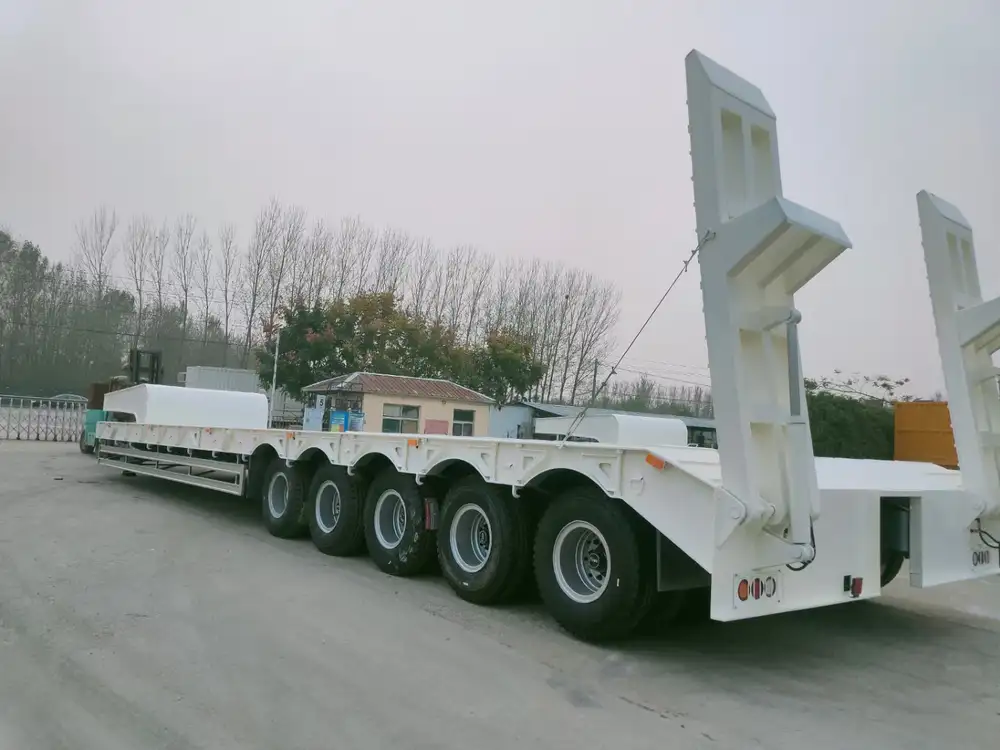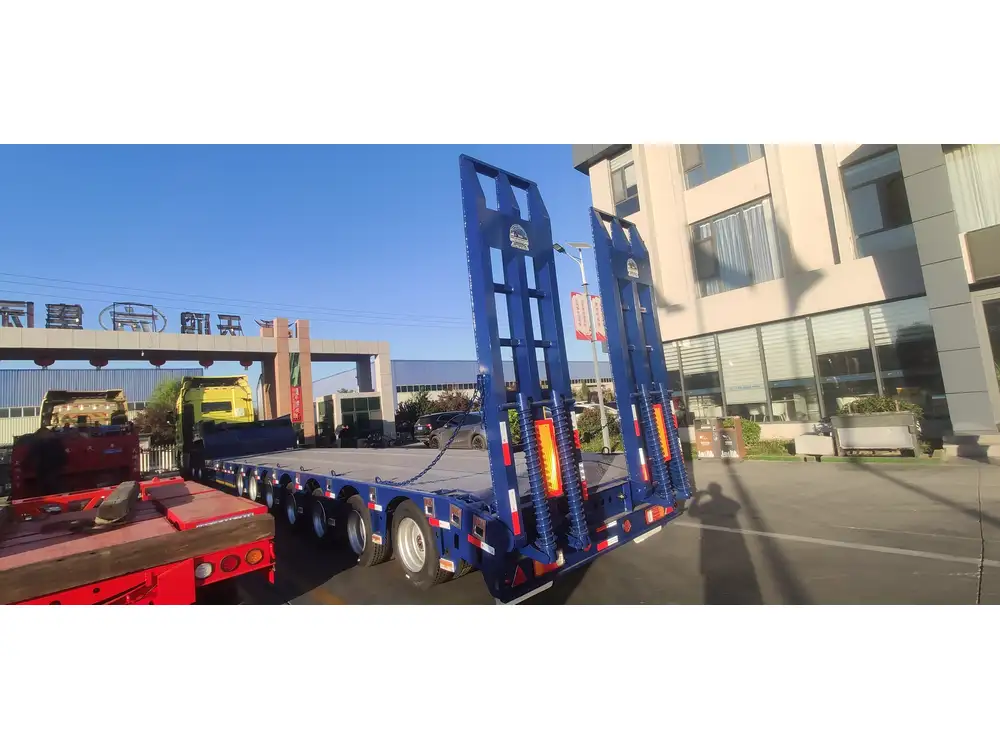When it comes to maintaining the performance and safety of your semi-trailer, one crucial aspect often overlooked is the air tank. For those who rely on air brake systems, understanding the proper maintenance of your vehicle’s trailer air tank is paramount. The question at hand, “How often should you drain your vehicle’s trailer air tank?”, opens the door to a deeper exploration of air tanks and their maintenance needs. In this guide, we will delve into the complexities of air tanks, their importance, and strategies for regular maintenance, ensuring you maximize safety and efficiency on the road.
Understanding the Role of the Trailer Air Tank
What is a Trailer Air Tank?
A trailer air tank serves as part of the air brake system, storing compressed air that is essential for the effective functioning of air brakes in large vehicles such as semi-trailers. The tank collects the air generated by the compressor, which is critical for braking applications, suspension support, and power for ancillary systems.

Importance of Draining the Trailer Air Tank
Over time, moisture accumulates in the air tank due to condensation, which can lead to severe problems, such as brake failure or corrosion within the air system. If not drained regularly, this moisture can cause:
- Corrosion: Rust forms due to the oxidization of metal in the presence of moisture, weakening the tank over time.
- Brake System Malfunctions: Moisture in the air lines can freeze in colder temperatures, leading to brake failure during crucial moments.
- Efficiency Loss: Excess moisture can cause air compressors to work harder, leading to increased fuel consumption and vehicle wear and tear.
How the Air Dryers Work
Air dryers are integrated into many systems to help eliminate moisture. They use desiccant materials to absorb moisture from the compressed air before it reaches the tanks. Although air dryers are efficient, they are not foolproof; thus, draining the air tank remains essential.
Factors Influencing Drain Frequency
Understanding how often to drain your vehicle’s trailer air tank involves consideration of various factors:

Geographic Location
- Humidity Levels: In humid climates, condensation occurs more frequently. Frequent draining (potentially daily) may be necessary in such areas.
- Temperature Extremes: Cold weather can freeze moisture in the system, especially in winter months, necessitating more frequent drainage.
Usage Patterns
- Operational Hours: If your vehicle operates long hours in a day, consider draining more frequently, potentially after every run.
- Type of Loads: Some loads may expose the air system to conditions leading to increased moisture.
Manufacturer Recommendations
Always consult the vehicle’s owner manual. Manufacturers may provide specific recommendations based on air tank capacity, vehicle type, and air system design.

Condition of Air Dryers
Regular maintenance of air dryers impacts how often you should drain your tank. A poorly functioning dryer will result in increased moisture levels in the tank, prompting more frequent draining.
Recommended Draining Schedule
General Guidelines
A generalized schedule for draining your trailer air tank can serve as a benchmark:
| Frequency | Conditions |
|---|---|
| Daily | Humid environments or during heavy use |
| Weekly | Moderate climates with regular usage |
| Monthly | Dry climates, with minimal daily operation |

Step-by-step Draining Process
A systematic draining process ensures efficiency and safety:
- Prepare Your Vehicle: Ensure the trailer is parked on a level surface and the air pressure gauge shows a normal level.
- Locate the Drain Valve: The valve is typically located at the bottom of the tank. Familiarize yourself with its operation.
- Open the Valve: Slowly open the drain valve to release accumulated moisture. Allow the air to vent until you see a steady stream of water.
- Close the Valve: After draining sufficient moisture, close the valve securely.
- Check for Leaks: After draining, inspect the valve area for any signs of air leaks or corrosion.
Advanced Maintenance Tips
Investing in Quality Air Tanks
Choosing high-quality air tanks minimizes maintenance frequency and enhances safety. Look for tanks constructed with corrosion-resistant materials that have extended warranties.

Regular Inspections
Routine inspections and servicing of the air brake system and associated components help identify potential issues early. Here’s what to look for:
- Visual Checks: Inspect for rust, wear, and leaks around the tank and hoses.
- Air Pressure Monitoring: Ensure your system maintains proper air pressure levels; sudden drops could indicate problems.
Utilizing Technology
Consider integrating sensors that monitor moisture levels and air pressure, providing real-time data and alerts for maintenance.
Formulating a Maintenance Log
Keeping meticulous records of drainage schedules and maintenance checks not only aids in compliance but also helps track vehicle performance over time. Include:
- Dates of Drainage
- Condition Observed
- Service Performed
- Future Scheduled Maintenance

Conclusion
Maintaining your vehicle’s trailer air tank is not merely a routine task; it’s an integral part of ensuring safety on the road. The potential consequences of neglect—ranging from corrosion to brake failures—underscore the importance of understanding both the mechanics and the recommended maintenance practices of air tanks.
By adhering to a thoughtful drainage schedule that factors in usage patterns, environmental conditions, and manufacturer recommendations, operators can significantly enhance their vehicle’s performance and longevity. Implementing advanced maintenance strategies and utilizing technology will further ensure your semi-trailer runs smoothly and safely, avoiding the pitfalls that can arise from moisture accumulation.
Driving a semi-trailer is a responsibility that comes with its challenges, but keeping your air tank in prime condition does not have to be one of them. Regular maintenance ensures that you can focus on what truly matters—getting your goods to their destination on time and safely.



